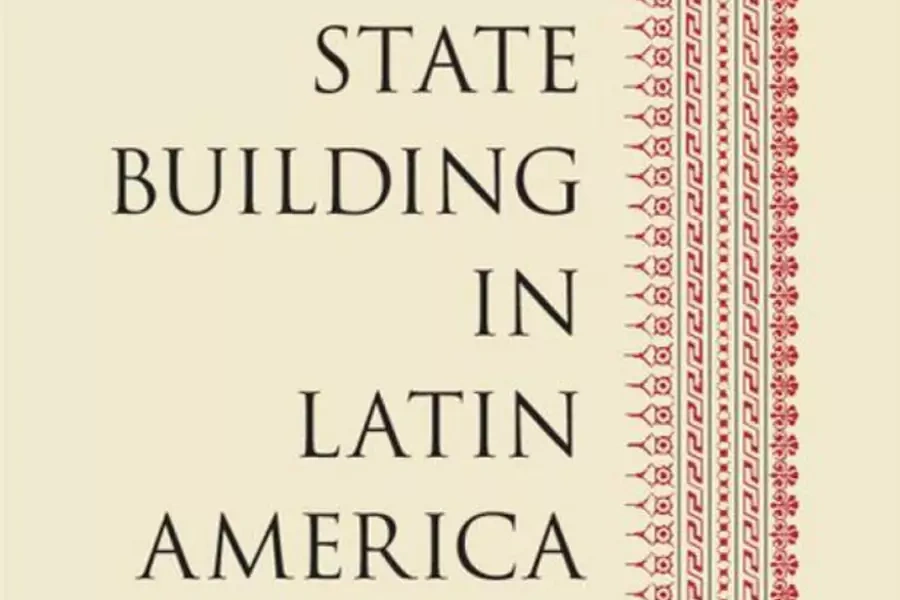Review of State Building in Latin America

More on:
Hillel Soifer’s new book, State Building in Latin America, presents an interesting historical perspective on today’s current state capacity in Latin America, and why some countries are so much better able than others to not just control territory but also to deliver for their people.
Somewhat dispiritingly, he finds that state capacity, measured in terms of education, health care, military mobilization, and other indicators has changed little over the last century. Government agencies’ abilities haven’t deviated much, despite the rise and fall of conservatives and populists, of democrats and dictators, of economic booms and busts. None seem to have fundamentally altered the ability of states to provide public goods. Those that were strong in 1900 are strong now; those weak then remain so.
So what made the difference? He lays out two factors that emerged in the nineteenth century: whether political elites tried to build a strong state and then whether they succeeded. These in turn depend on other causes. The decision to try depends on whether elites clustered in one or in many cities or regions. Those with a single center were more likely to see state building as the way to “order and progress,” extending the center toward the periphery. Those with multiple hubs of economic and political activity were less likely to develop a coherent ideology, much less one that involved building up the central government.
For those countries that did embark on a state building mission, other factors determined whether it worked or not. If the national government sent out its own bureaucrats to deliver services, the state grew in abilities and reach. If they left it to local elites, little happened. He then shows how these arguments apply to four cases: Colombia, Peru, Chile, and Mexico. Colombia never tried to create a stronger state; Peru tried and failed; Mexico and Chile both tried and succeeded to varying degrees.
Soifer’s empirical chapters draw on government archives, newspaper announcements, immunization records, school enrollments, and many other sources, tracing the efforts and outcomes to try and build up the central government’s capacity.
In his exhaustive research, he finds some interesting kernels that shed light on today’s pressing topics. For instance in Mexico in the late 1800s, school systems developed differently by state. In Michoacán and Guerrero local elites controlled the rollout, and enrollment stagnated, even back then. In Sonora and other northern states, the building out of their educational systems was turned over to bureaucrats from out-of-town; the number of kids entering school surged. These trajectories led to the deep divides that continue today and are at the center of the current struggle to reform Mexico’s education system.
With “nation building” an at times uneasy part of U.S. foreign policy, Soifer’s carefully constructed argument and analysis provides insight into why it is so hard to do. It isn’t a lack of resources that many bemoan. It is oftentimes alliances with local elites. While they may quell unrest in the short term, they also can undermine the project itself, elevating challengers rather than allies in the quest to build government capacity. His work shows too that ideas matter: without leaders committed to a stronger state little will occur, whatever the intentions of outside participants and donors.
For Latin America, his work leads to a clear eyed but somewhat pessimistic conclusion. The World Bank, Inter-American Development Bank, IMF, and others routinely identify the same set of factors as holding the region back: bad infrastructure, poor schools, weak rule of law, inequality, low productivity. Soifer’s conclusions suggest the usual policy recommendations—doling out concessions and forming public-private partnerships, writing new textbooks and instituting teacher evaluations, or retraining police and rewriting judicial rules—won’t change things. The challenge is a more fundamental one of capacity. And the question remaining is are there other paths than those he expertly illustrates to creating a better and stronger state.
More on:
 Online Store
Online Store